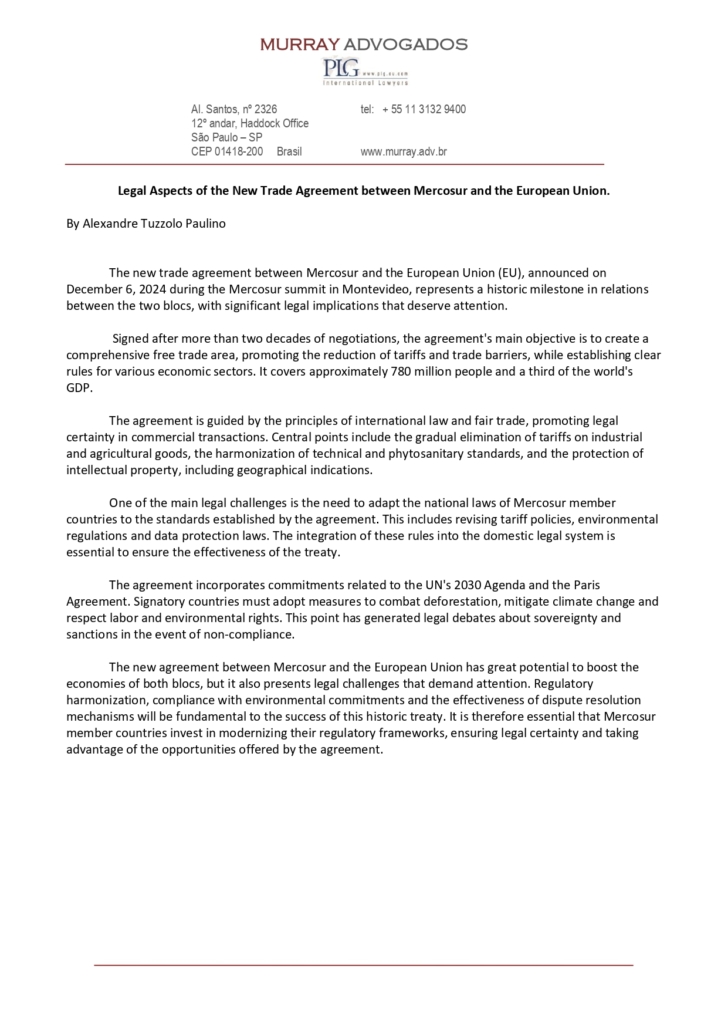Maria Luiza Paiva had been with Vale since February 2021 after holding a similar position at Suzano; projects team led by Alexandre Pereira could be disbanded as well
12/11/2024
Under new leadership, Vale continues to overhaul its management structure. On Tuesday (10), the mining giant informed employees of further changes in its executive ranks, sources told Valor.
The most notable development was the resignation of Maria Luiza Paiva, the company’s executive vice president of sustainability. Ms. Paiva, widely known as “Malu,” joined Vale in February 2021 after holding a similar position at Suzano.
A succession process will begin to appoint a new executive to lead sustainability, which will remain a key area within Vale’s executive committee. The committee comprises the company’s CEO Gustavo Pimenta and VPs.
While no official reasons were given for her departure, insiders suggest it reflects the broader transformation underway at Vale since Pimenta took over as CEO on October 1.
Project team to be dissolved
The company also plans to dissolve the executive vice presidency of projects, currently led by Alexandre Pereira. Responsibilities from this division will be divided between the operations vice presidency, headed by Carlos Medeiros, and the technical vice presidency, led by Rafael Bittar.
Ms. Paiva’s tenure at Vale coincided with the aftermath of the Brumadinho disaster in January 2019. The tragedy forced Vale to adopt more ambitious ESG (environmental, social, and governance) commitments, according to company insiders.
Ms. Paiva had the ideal profile, experience, and a respectable resume. During the 2021 Vale Day investor event, the company unveiled long-term social and environmental targets, including lifting 500,000 people out of extreme poverty by 2030 in the countries where it operates. This goal focuses on individuals earning less than $1.90 per day, as defined by the World Bank, and involves a $200 million investment.
Vale also pledged to increase diversity, targeting 40% of leadership roles held by Black individuals by 2026. On the environmental front, it committed to decarbonization targets across its value chain, addressing scope 1, 2, and 3 emissions.
Despite these initiatives, some executives have criticized the alignment of Ms. Paiva’s ESG agenda with Vale’s business challenges. “It was a beautiful agenda for a government. The idea was to make social investments in exchange for projects of interest to Vale, for licenses. The company also needs to deliver [financial] results,” one source said, arguing that while the ESG goals are sensible, their implementation pace must account for Vale’s short-term realities.
Financial pressures
Vale faces growing financial demands, including R$170 billion in commitments related to the 2015 Mariana disaster settlement, shared with BHP Billiton and Samarco. While the payments are spread over 20 years, the heaviest outflows occur in the early years.
Additionally, the company is under increasing pressure from federal and state governments for more financial contributions. In response, Vale has created regional institutional departments, appointing Kennedy Alencar, a journalist aligned with President Lula’s Workers’ Party, to head the Brasília office. Directors for the North-Northeast and Southeast regions are expected to follow.
Strategic priorities
“Vale’s priority now is the ‘Brazil agenda,’ including the Bamin [Bahia Mineração] project, railway concession renewals, the Mariana settlement payments, and regional royalties. There isn’t enough money for everything,” an industry executive said.
Despite these challenges, sources close to Vale maintain that there is “zero” chance of backtracking on ESG commitments, arguing that they are closely tied to the company’s business strategy.
*By Francisco Góes
Source: Valor International


/i.s3.glbimg.com/v1/AUTH_63b422c2caee4269b8b34177e8876b93/internal_photos/bs/2024/e/n/7QBhQGQTqmz0Bm0W8AVQ/site-20moc-202-20-281-29.jpg)